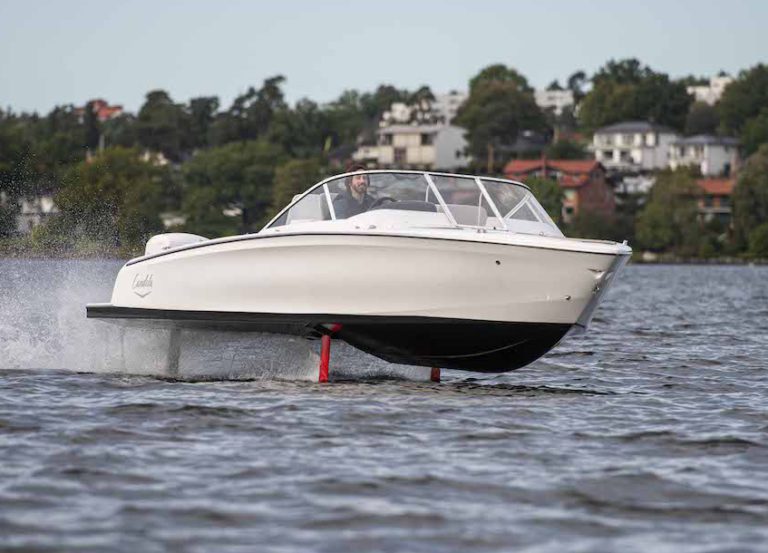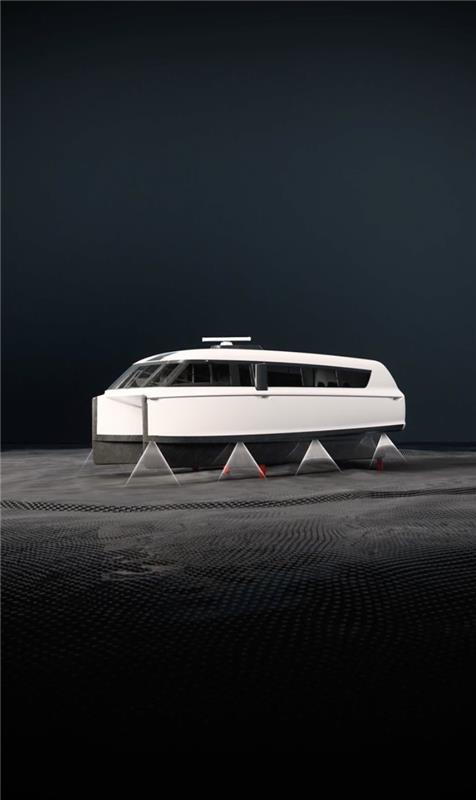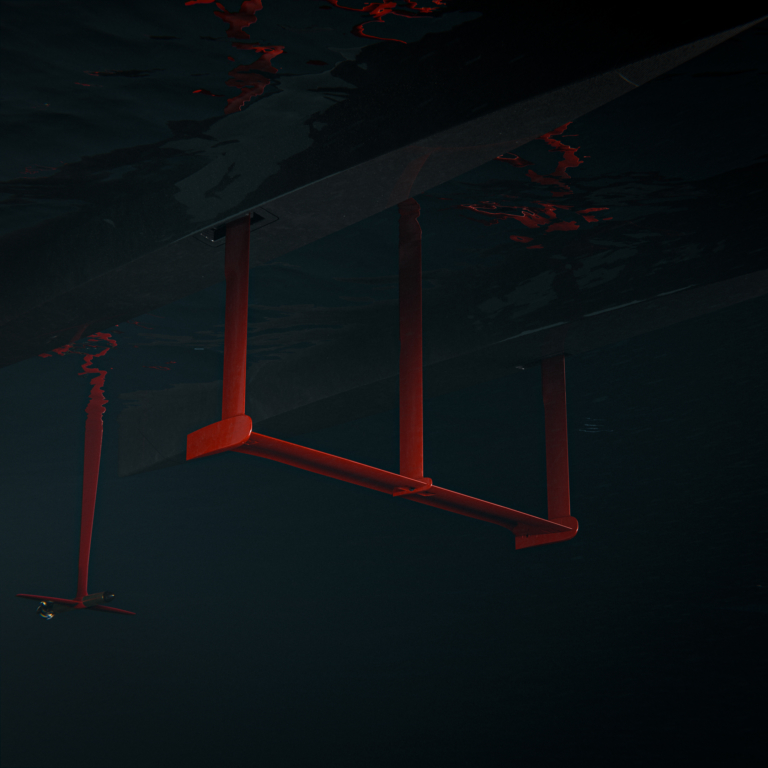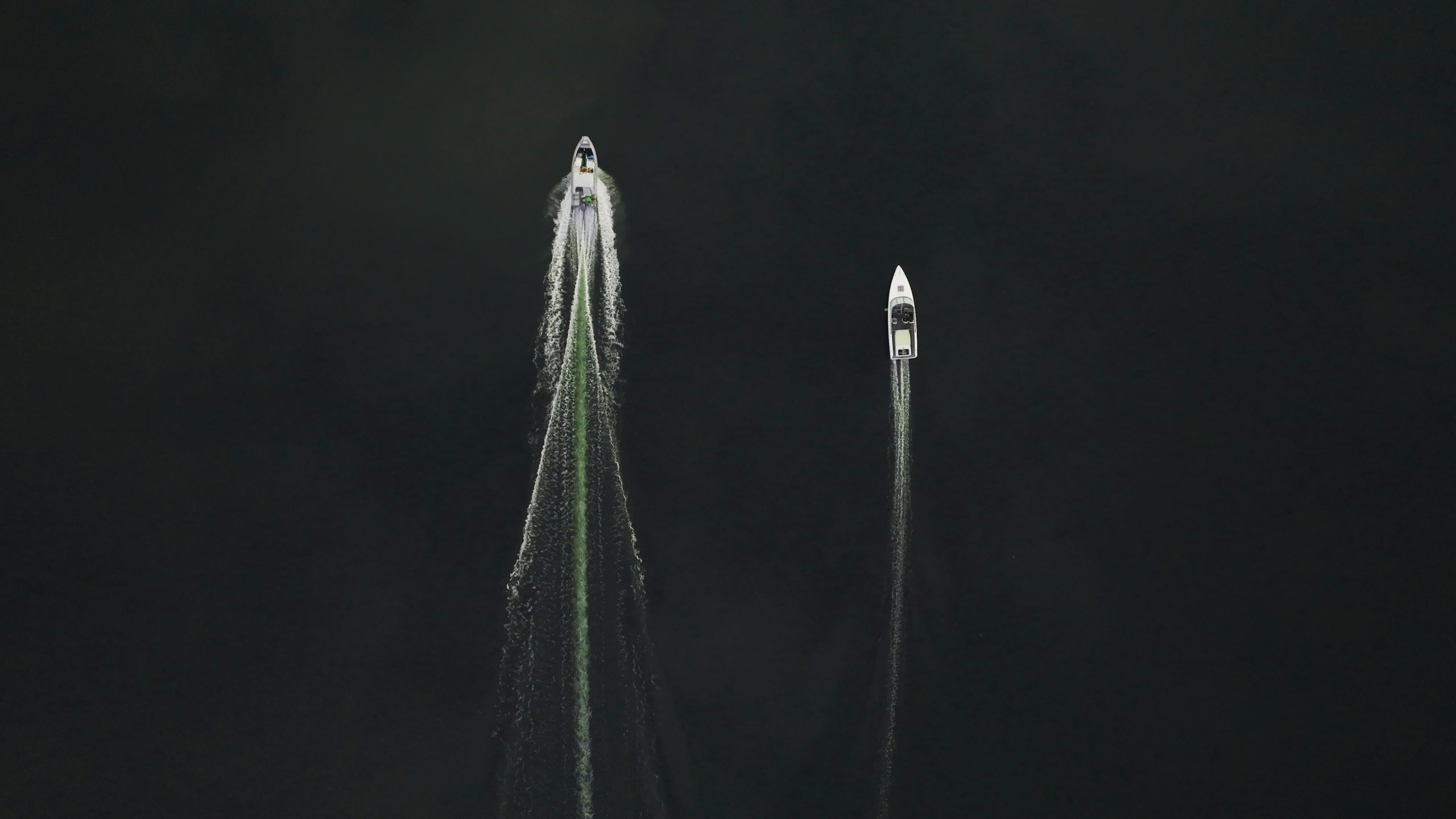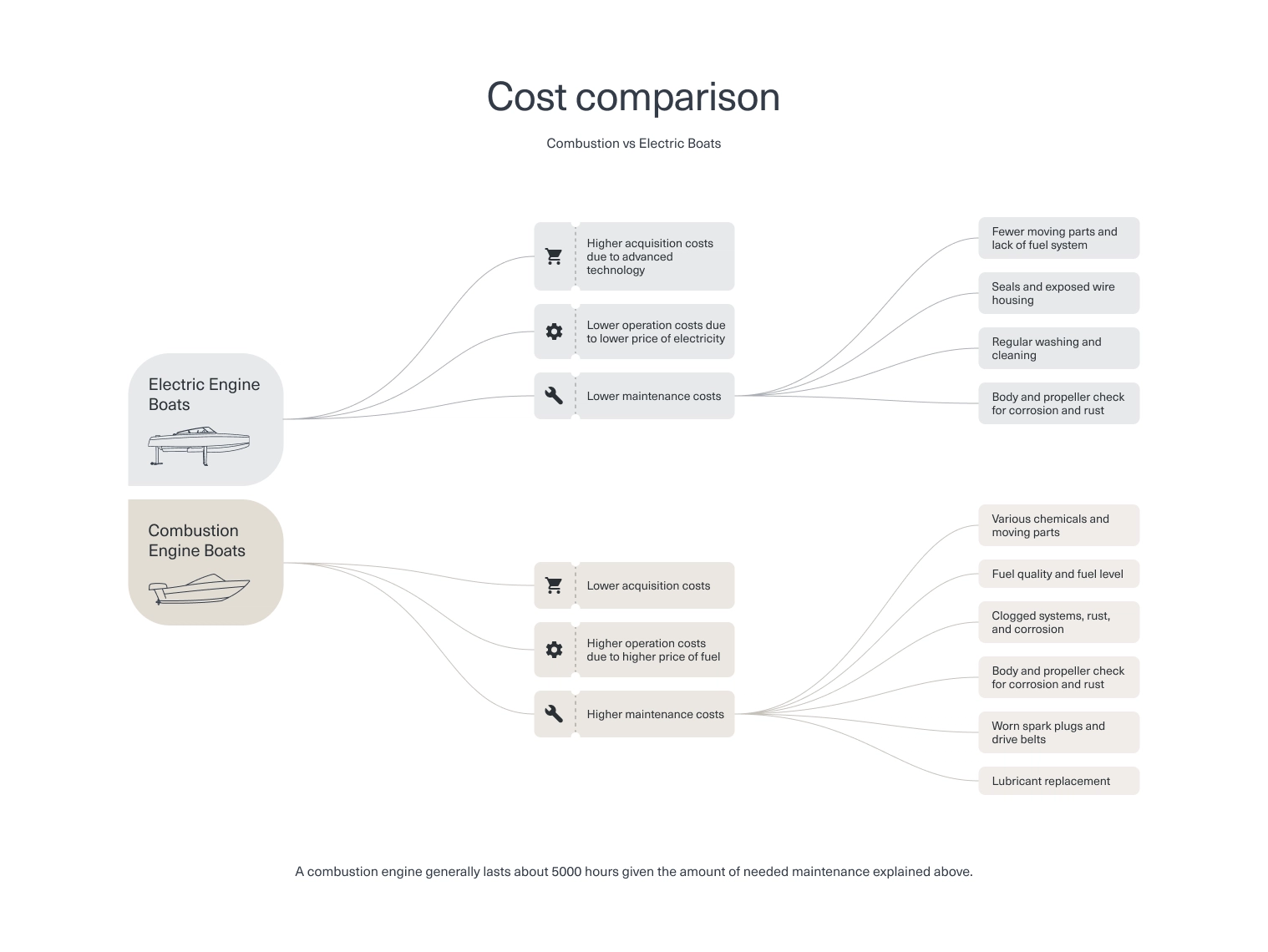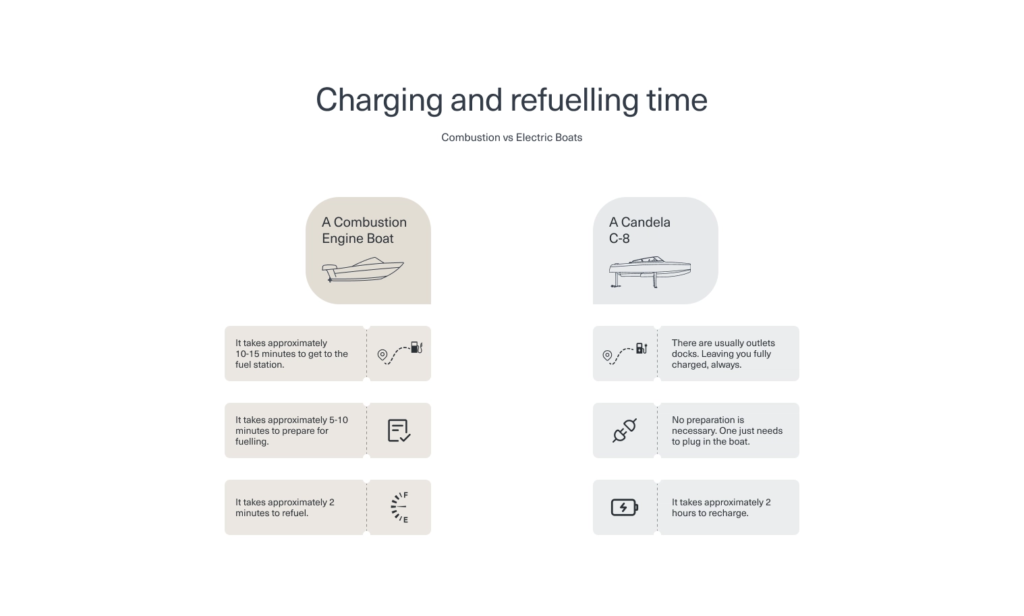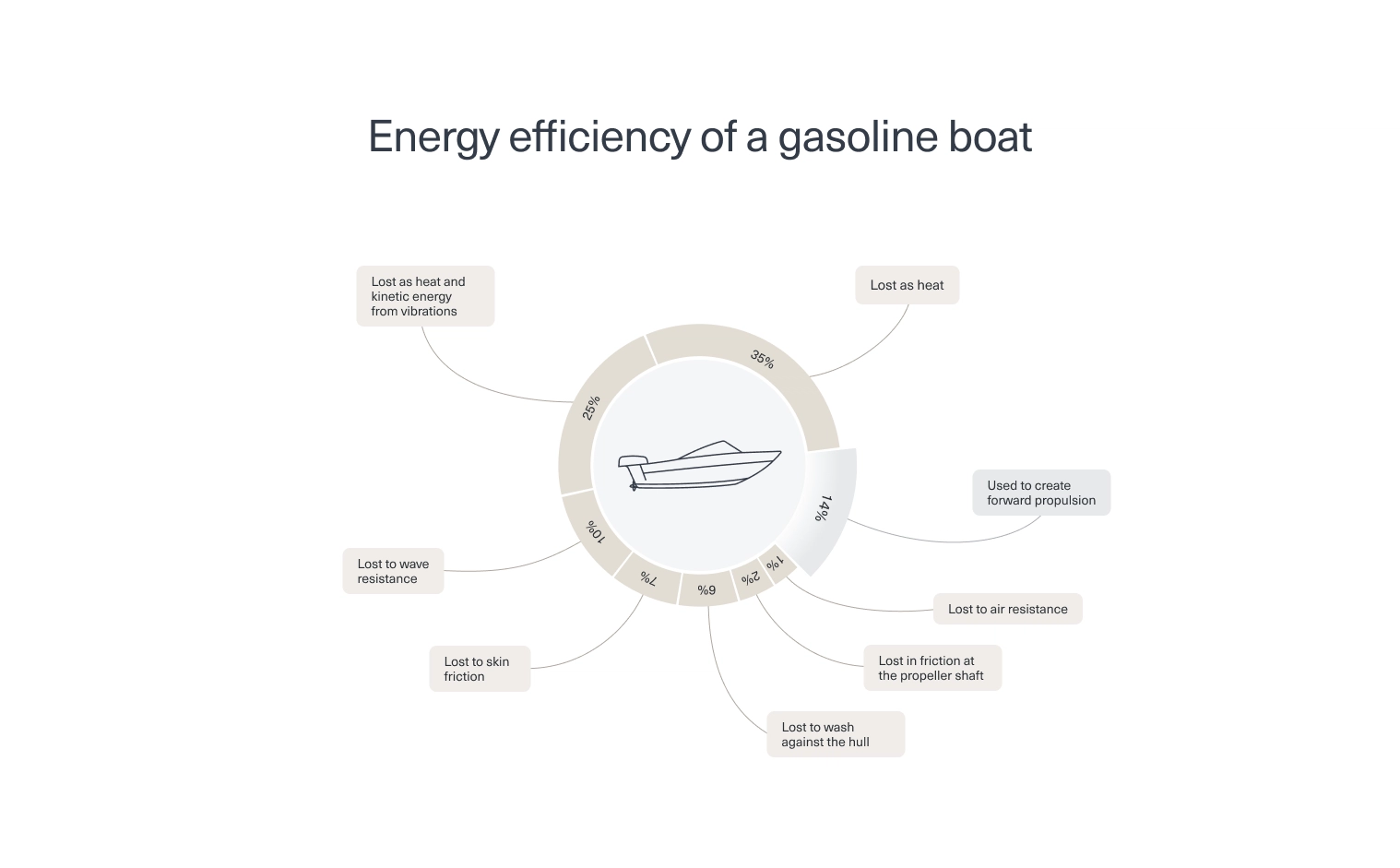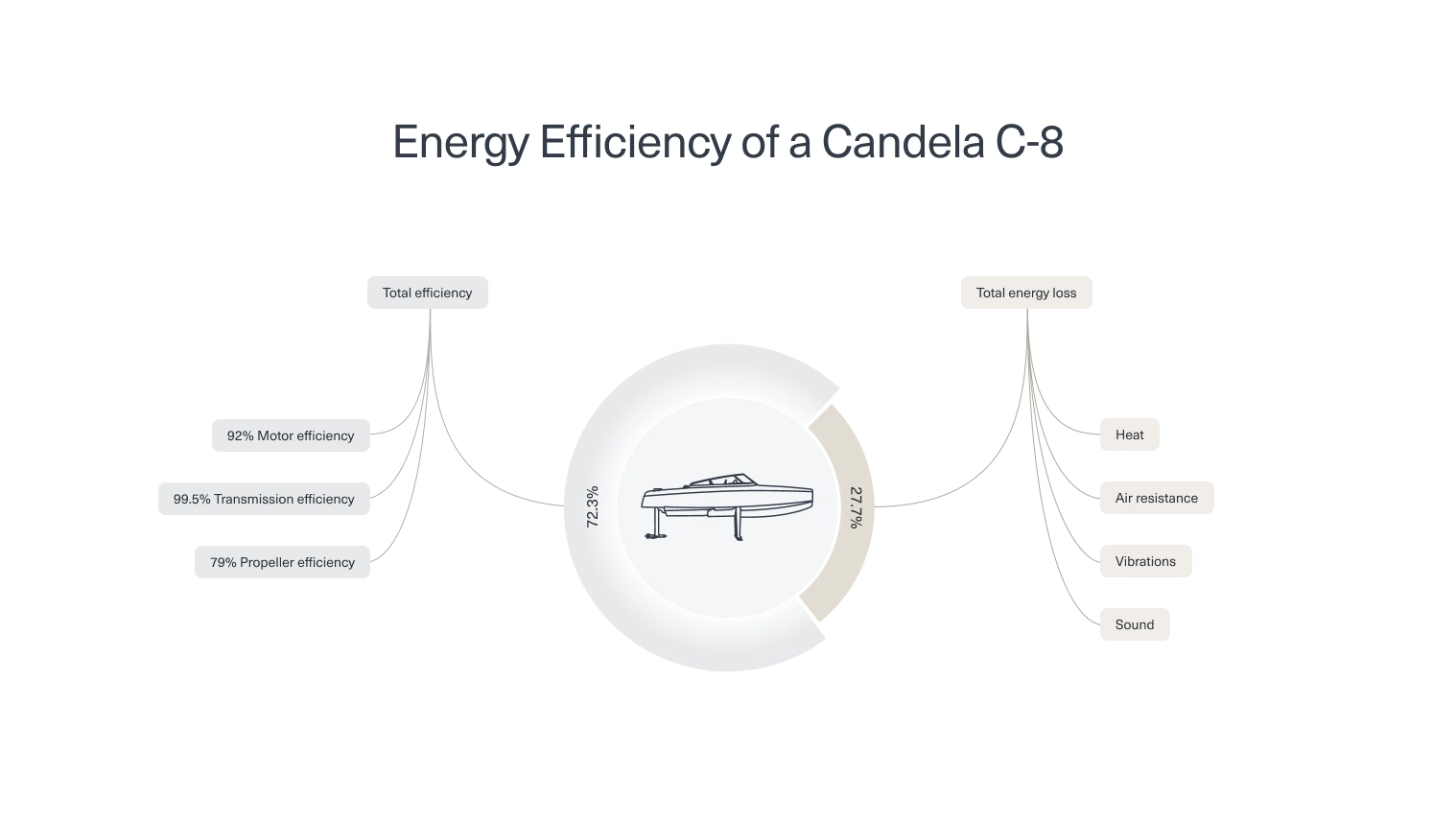1. Speed
As of 2022, the most potent outboard electric motor available is the Vision Marine E-Motion 180E 134kw electric motor, while inboard motors can range from small to large commercial sizes. The E-motion 134kw motor is the equivalent of a 180hp combustion outboard like this one from Yamaha. However, many factors can play into the speed of a boat, from the hull shape to the weight of the passengers onboard. Currently, when thinking about powerboats, there are generally more high-power options in combustion, but this trend is now shifting.
Firstly, electric outboards are becoming more efficient and more powerful yearly, with options like the Evoy Hurricane 300+kw becoming available in the next couple of years. Furthermore, new and innovative boat design has created the need for less power necessary to reach the same speeds. Take for example, the Candela C-8. The C-8 uses a mere 55kw pod motor in order to achieve speeds up to 30 knots, equivalent to combustion boats like the Vanguard VanDutch 40 which uses around 600kw to achieve the same speed. The C-8 reaches this level of efficiency by using a combination of lightweight materials, aerodynamic design, and hydrofoil technology, allowing for less water friction and an overall more energy-efficient design.
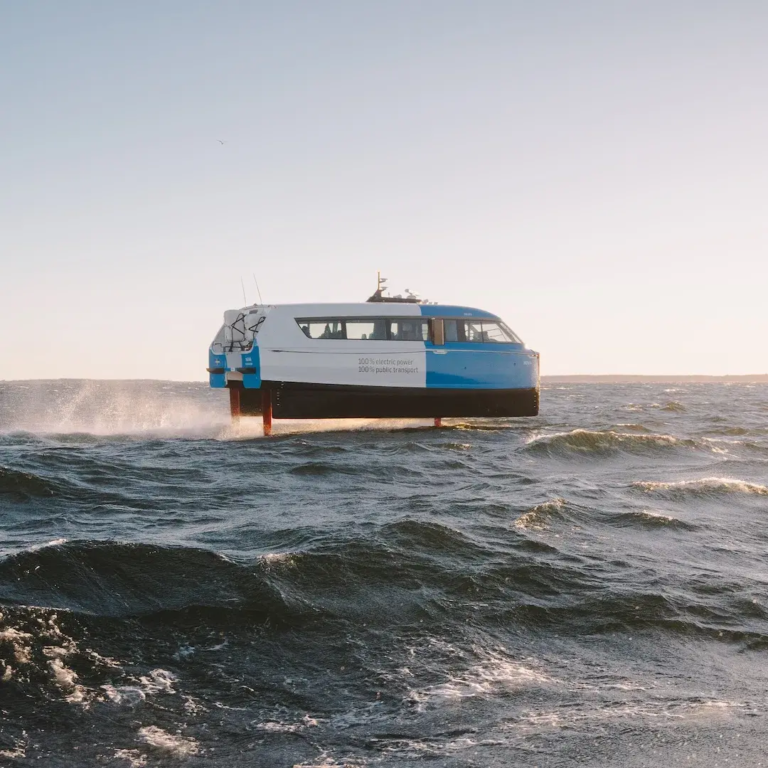 Overview
Overview 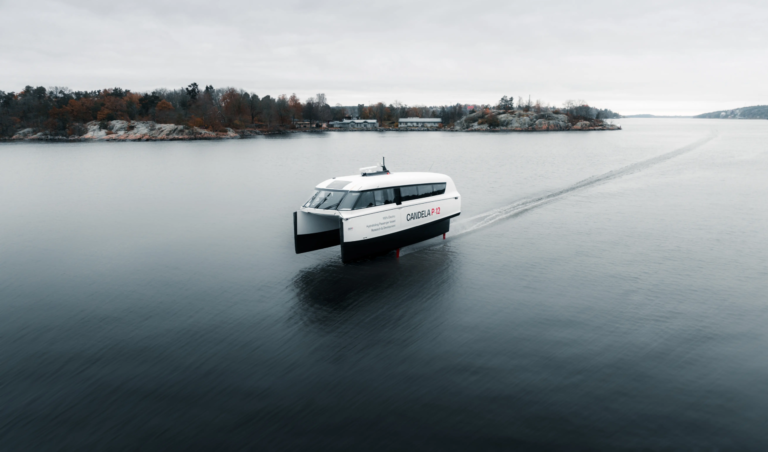 P-12
P-12 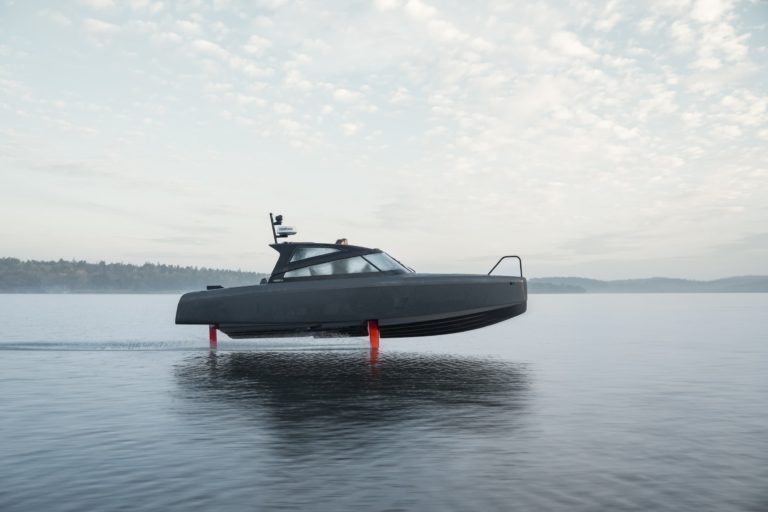
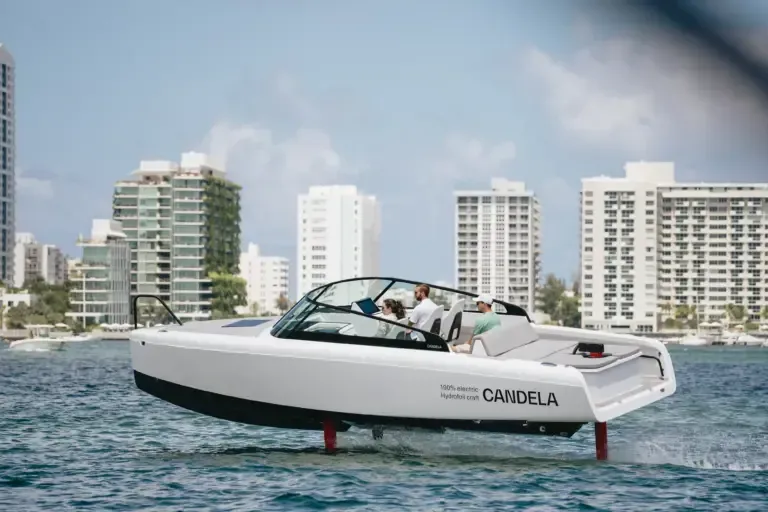 C-8
C-8 